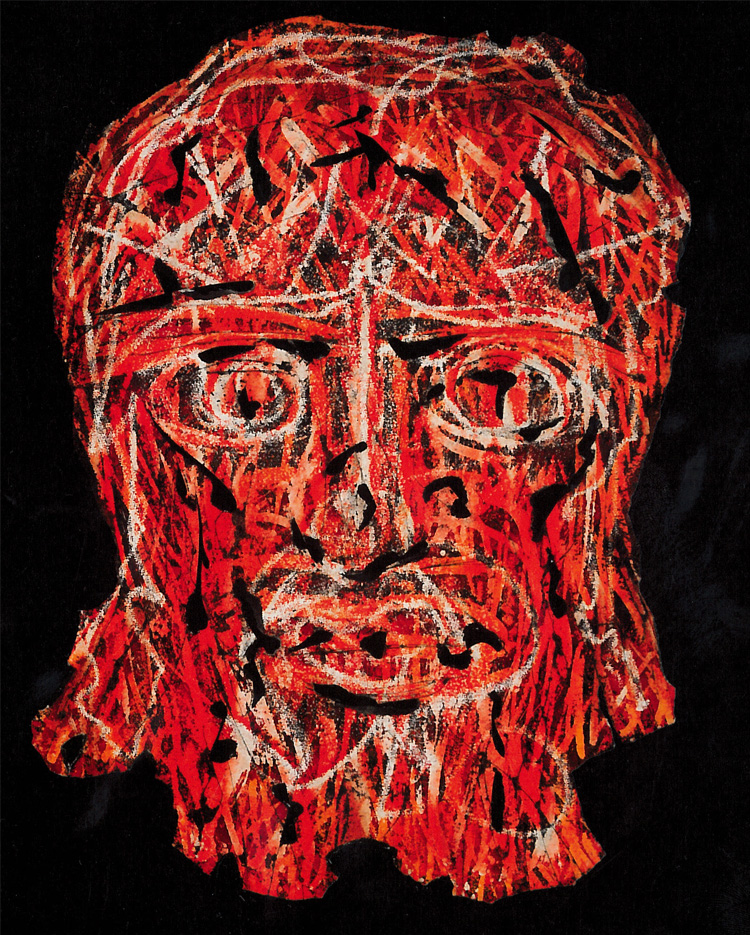To celebrate National Volunteer Week, Rolf Rykken sat down with Lisa Leinberger, our tireless volunteer coordinator, to talk about the Phillips volunteer program, recently listed among D.C.’s top 25 volunteer opportunities in the Washington Post.

Volunteer Coordinator Lisa Leinberger at the Art Information Desk. Photo: Joshua Navarro
Lisa Leinberger, Volunteer Coordinator
When did the Art Information Desk start?
When the volunteer program originally started [in 1988].
Has the service changed over the years?
Yes, there are quite a few more volunteers now than in the past. There are 90–100 volunteers now. The program was more or less in place when I took over in February 2006. The volunteer program is under visitor services. The demographic of volunteers has changed. There are more young professionals who volunteer (about 15-20%), several mid-career folks (about 10-15%), as well as retirees now.
And there are three types of volunteers at the Phillips: departmental volunteers, volunteer children’s docents, and art information volunteers.
What are the qualifications to serve at the Art Information Desk?
Enthusiasm for the museum is the first qualification.
A volunteer must commit to a minimum of one year service, two shifts each month, and attend two formal training sessions per year.
I give each volunteer a private tutorial about the collection, its history and philosophy (“the eye” of Duncan Phillips), plus they are briefed on each special exhibition.
How did you learn about the information desk?
I knew the importance of volunteer programs from my former position as board member and chairman at the New Mexico Museum of Art, Fine Art Committee, in Santa Fe, NM.
Two days after I moved back to D.C. in 2005, I became a member of The Phillips Collection.
My house was under construction at the time. The noise and the dust were punishing. I knew this museum was filled with quiet beauty. It was the perfect escape. I called the museum to inquire about volunteering. That very day the volunteer coordinator was moving to another position. After a long conversation about my interests and qualifications, she asked me if I would be interested in applying for the position that she was vacating. Long story short, I now have what many folks call “the best job in D.C.”
Many first-time visitors seem very enthusiastic–especially after seeing the collection. Is that your impression too?
First-time visitors, frequent visitors, and even members are constantly telling volunteers at the Art Information desk how wonderfully welcoming this museum is. Folks often stop to chat with volunteers to share a story about a former visit or to marvel at a new exhibition or addition to the collection.
Do you have a favorite artist in the collection?
Each time the galleries change I get a new point of view and appreciation for various art works in the collection. However, I am continually besotted with Paul Klee.


